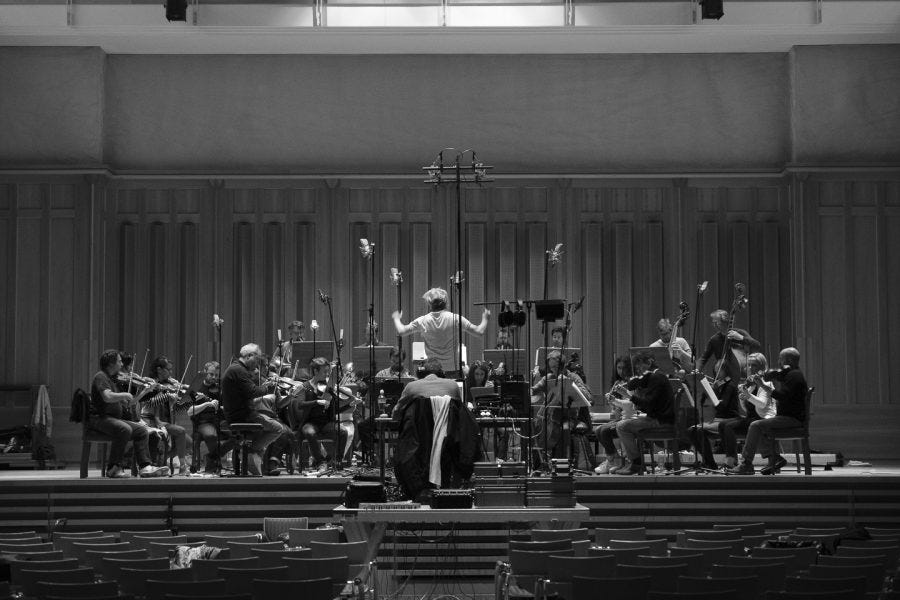“Classical music” is a funny idea. The phrase collapses basically all popular music made in Europe before the Twentieth Century into a single category, compelling us to embrace or reject it as we see fit. In any good bakery you’ll see piles of “sourdough” being sold in big, crispy boules, but to label it that way makes most of us mistakenly assume that sourdough is just one kind of bread when, in fact, all bread was sourdough before the industrialization of yeast production after World War II. Labels like these are dangerous: they skew our vision, condensing whole worlds into forgettable terms. You’ll sometimes hear grown adults say things like “Oh, I don’t like classical music,” as if that were a more sensible thing to say than “Oh, I’m not really into food that isn’t potato chips,” or “I don’t like weather.”
But while it’s a very good thing to love classical music, aficionados can sometimes adopt the simpering urgency of activists, beating us over the head with this music’s virtues as if it were an endangered species on the border of extinction or a refugee camp crammed with starving children. Boston is blessed with probably the best classical radio station in the country, WCRB, but woe to you if you tune in during fundraiser season, when the DJs opine ad nauseam about how guilty we should all be for not preserving this dying art. I didn’t need the lecture—all I wanted was the tote bag.
It’s that sort of atmosphere that can make it hard to break into this music’s vast and shimmering world. Where should we begin? How do we start to develop good taste? We all know that Exile on Main Street is a great Rolling Stones album but, if we want to get to know Rachmaninoff, there are about as many recordings of his second piano concerto as there are brands of soda at the grocery store. And what if I don’t know whether or not I like any particular composer?
If such questions make you feel lost at sea, make the Italian ensemble Il Giardino Armonico your port in the storm. A friend of mine turned me on to their Collected Recordings a few months ago and I was immediately hooked: their work is wide-ranging, their skill unmatched, and their recordings are bright and sumptuous without being over-interpreted. Listening to them instantly makes you feel better about yourself and about life in general.
Founded in 1985 as a sort of European superband of period instrument music, Il Giardino has gone on to win an absurd number of awards. But you don’t need to understand their world to enjoy their music, and that is the point: these albums would sound just as good blasted from a tinny speaker while you grilled some salmon at the lake house as they would rolling through the marbled halls of a museum. The only places they’d sound bad would be elevators; they’re too vibrant to talk over, too animated to let you stand still. I always find myself tapping my foot to the bouncing, baroque splendor of their songs. Their music has the one thing that most snubbers of “classical music” say the genre can never really have at all: it’s got soul.
Part of being a grown-up is being open to new experiences. There’s something painful, even humiliating, about sitting down to dinner with an acquaintance only to find out that they don’t want to order oysters—it’s always “a texture thing.” We should be open to new things not because they make us seem mature, but because they bring piquancy and delight to the grinding days. One of the true pleasures of life is breaking into a new interest, be it sourdough, fly-fishing, Japanese denim, or Magic: The Gathering. We don’t need to be experts, just appreciators. Any other path will lead us to a kind of imaginative stagnation that is the true definition of old age. Il Giardino Armonico makes recordings of old music but, if you’re willing to sample it and let yourself fall in love, you’ll find it’s the kind of thing that keeps you young.
Like what you’re reading here? The best way to help out is to spread the word. Your friends are good people—they deserve good writing, too.




